 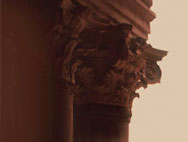
|
Part 10

The Astronomical Clock (Orloj) was placed on the tower of the Old Town Hall in the early 15th century. Around 1490 it was repaired by clock-maker Master Hanus, called Rose, who was formerly thought to have constructed the original clock. Thorough repair of the mechanism was undertaken in 1864 - 1865 when the Astronomical Clock was furnished with painted decorations of a calendarium, the work of the well-known painter Josef Manes. The original was later replaced by a copy. The Astronomical Clock was badly damaged when the town hall went up in flames in 1945, and it was renewed in 1948.

The southern front of the Old Town Hall was the most ostentatious from its very beginning in 1338. Building adaptations to the town hall in the second half of the 15th century, including the extension of the town hall premises by the addition of two new buildings, gave it a very dignified appearance, which it has retained in its main features to this day.

In the May Uprising of the people of Prague against the Nazi occupants (1945) the Old Town Hall was shelled and burnt down. Destruction doomed its entire eastern and northern wings, which had come into being during Neo-Gothic alterations in the first half of the 19th cent. The town hall tower with its Gothic oriel window also suffered damage. During restoration work it was decided not to renew the burnt-out buildings. The oldest part of the town hall with the tower has since renovation been used for official functions of the National Committee of the Capital City of Prague. The surviving fragments of the rest have been left as a warning and reminder of the horrors of the second world war and Nazi ravages.

The Old Town Square (Staromestske namesti), as market place, became the centre of the settlement on the right bank of the Vltava no later than in the 11th century, and its size was determined by the surrounding Romanesque and later Gothic houses. The Square witnessed all important events in the history of the town, life in its confines directly reflected the rise and decline of the importance of Prague. The Church of Our Lady of Tyn {kostel P. Marie pred Tynem) became the main church of the town. It had originally been a modest little Romanesque church and was rebuilt in Gothic style in the second half of the 13th and again at the end of the 14th and in the early 15th centuries. Since the Hussite Revolution it has been the main church of the Czech Utraquists. The Monument to John Huss, made by Ladislav Saloun, was unveiled in 1915.

On the site where from the end of the 14th century on stood the Royal Court - for a time the residence of the Czech sovereigns - the Municipal House of the City of Prague (Obecni dum) was built in the years 1906 - 1911 to plans by Antonin Balsanek and Osvald Polivka.
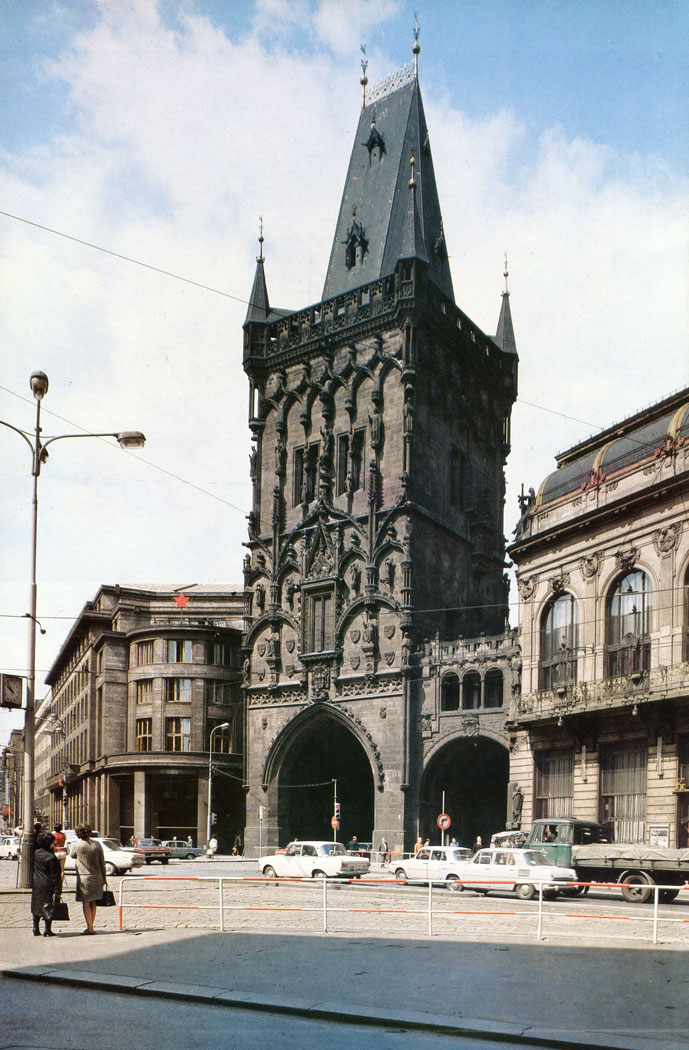
The Old Gate in the Old Town defences, from the first half of the 13th century called the Tattered Gate for its tumble-down condition, was rebuilt after 1475 by Matej Rejsek, who created a monumental building in Late Gothic style; since the end of the 17th century it has been called Powder Tower.
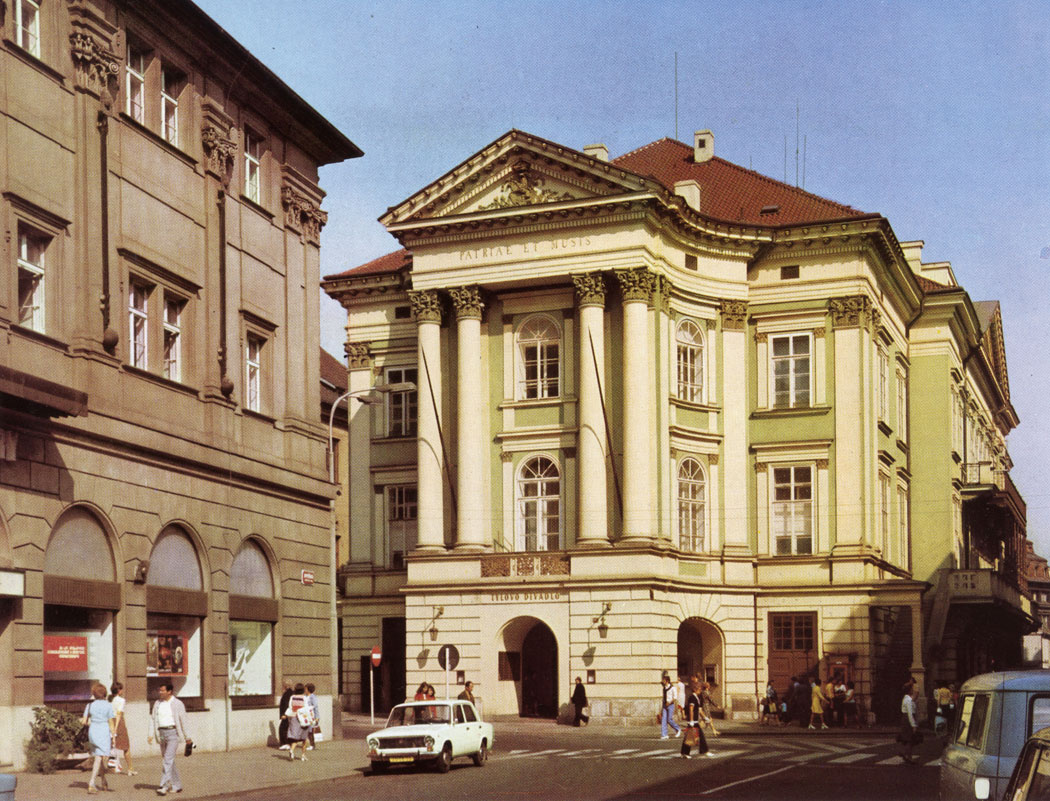
The Classicist, and, for its time, very up-to-date building of the Tyl Theatre (Tylovo divadlo) was built for Count Nostic-Rieneck by Antonin Hafe-necker in the years 1781 - 1783. In 1789 the Estates purchased the theatre from the Count, and it began to be generally called the Estates Theatre. It was the first permanent stage in Prague and in its initial days it helped to spread drama in the Czech language. In 1920 it became the second stage of the National Theatre and serves as such to this day, even though it has since been renamed after the Czech writer, dramatist and actor Josef Kajetan Tyl.
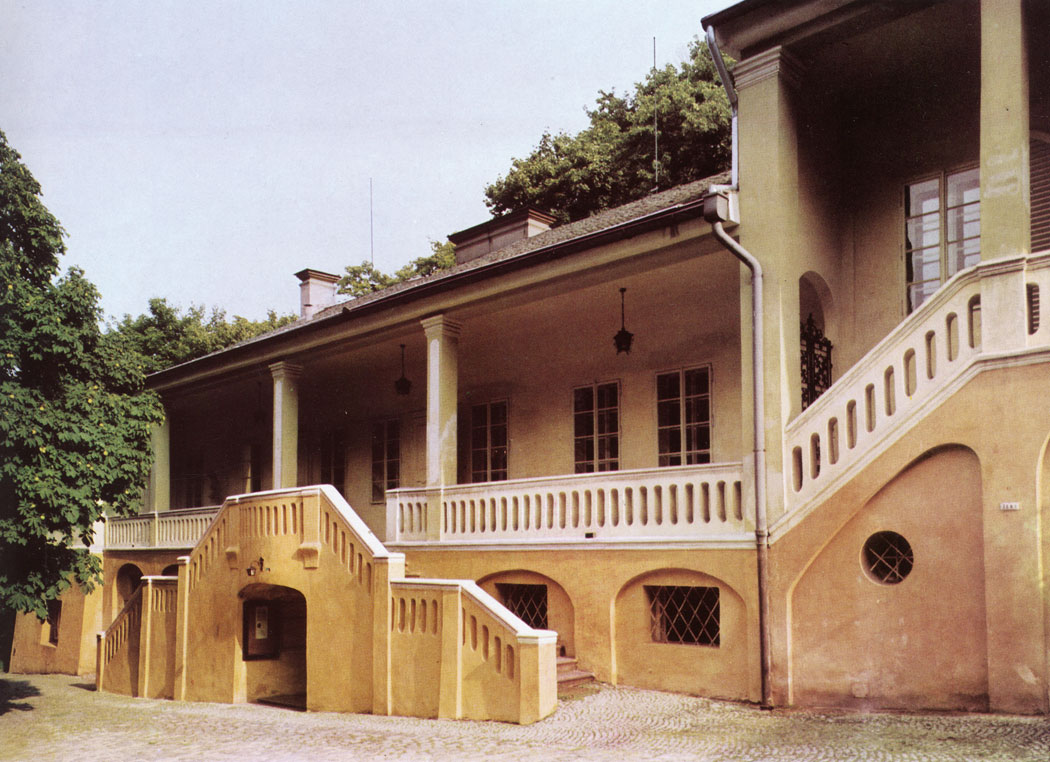
It was in the Prague Nostic Theatre (today Tyl Theatre) that Wolfgang Amadeus Mozart reaped great success. During his visits to Prague he was a frequent guest of the Dusek family in their Bertramka villa in Smichov, where now an exhibition of the Music Department of the National Museum recalls the time when Mozart was working in Prague.
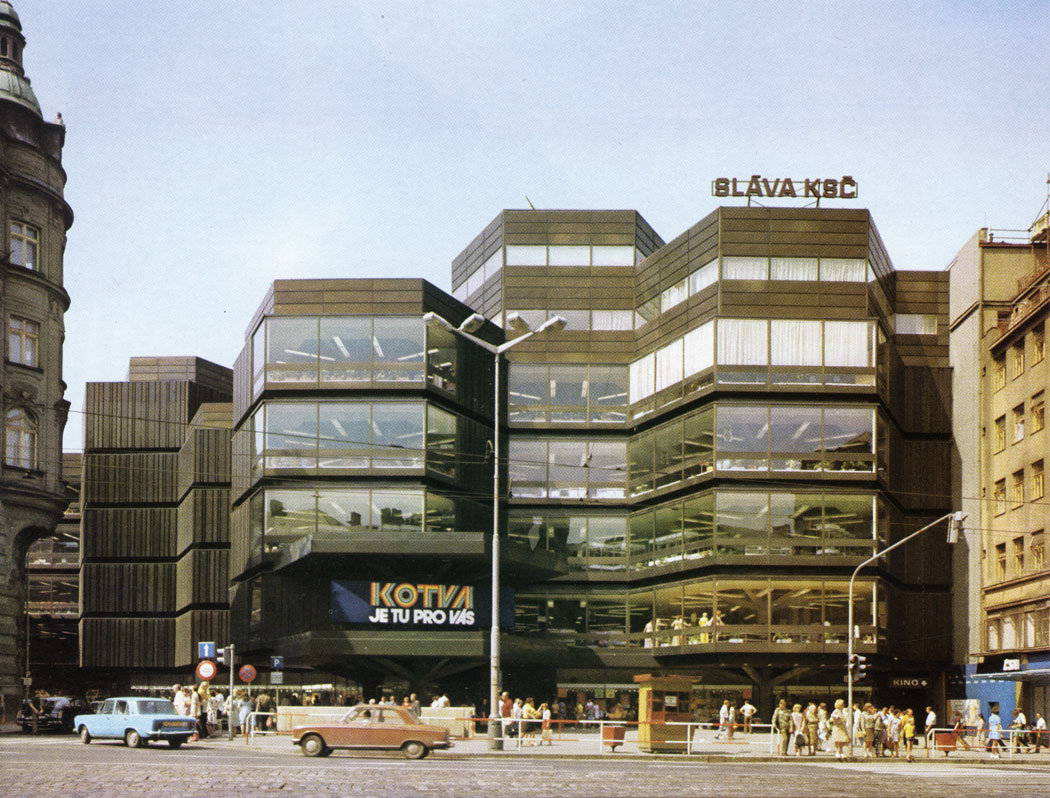
The greatest and most modern of Prague department stores is the Anchor (Kotva) in Revolucni Avenue. It was built to plans by Vera and Vladimir Machonin in 1970 - 74 and immediately became a bustling business centre in the city.
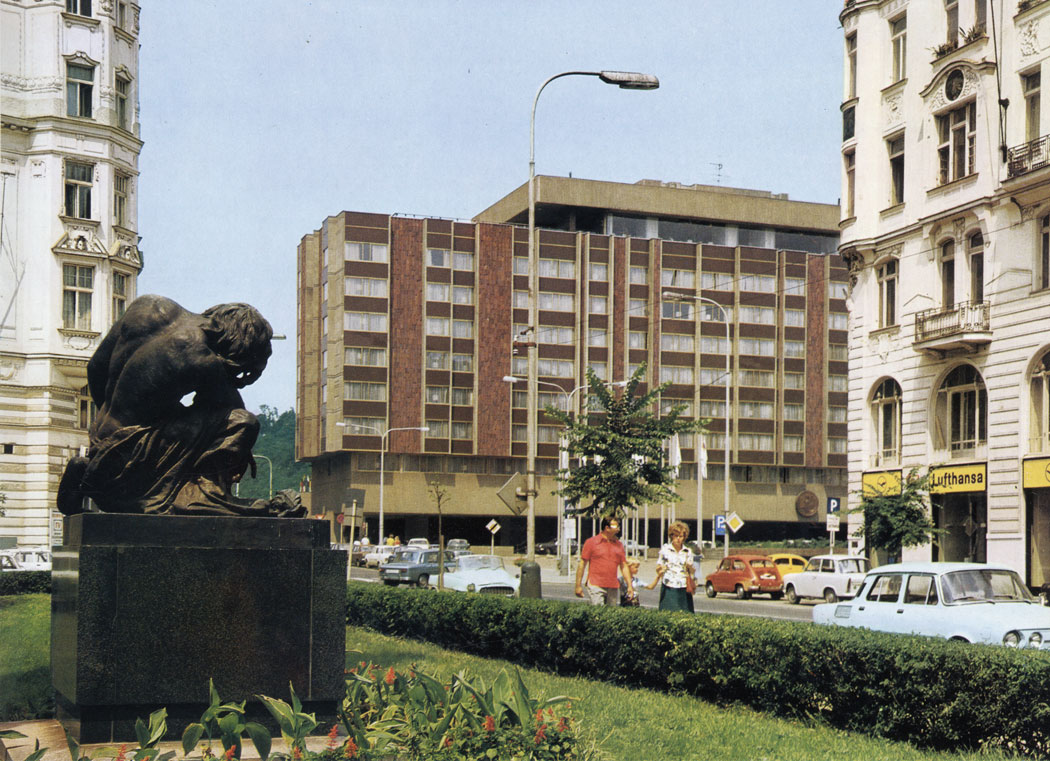
The Inter-Continental Hotel, built to a design by Karel Filsak, was opened to the public in 1974. At the present time it is in every respect the most up-to-date and representative of Prague hotels.

The building of the New Town Hall (Novomestska radnice) began with the east wing in 1377-1398. The southern wing overlooking the square was built in 1411 - 1418, but we do not know its appearance at the period of the Defenestration of the Councillors, which started the Hussite Revolution, because it was once again rebuilt after 1520. The tower was erected in the years 1452 - 1456. In 1784, when the Towns of Prague were merged into one unit, the Town Hall ceased to be the centre of administration and was handed over to the Criminal Court.
|
ПОИСК:
|
© ARCHITECTURE.ARTYX.RU, 2001-2021
При использовании материалов сайта активная ссылка обязательна:
http://architecture.artyx.ru/ 'Архитектура'
При использовании материалов сайта активная ссылка обязательна:
http://architecture.artyx.ru/ 'Архитектура'